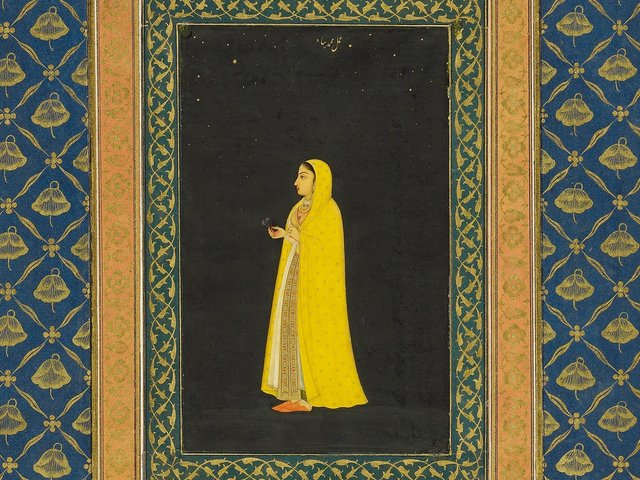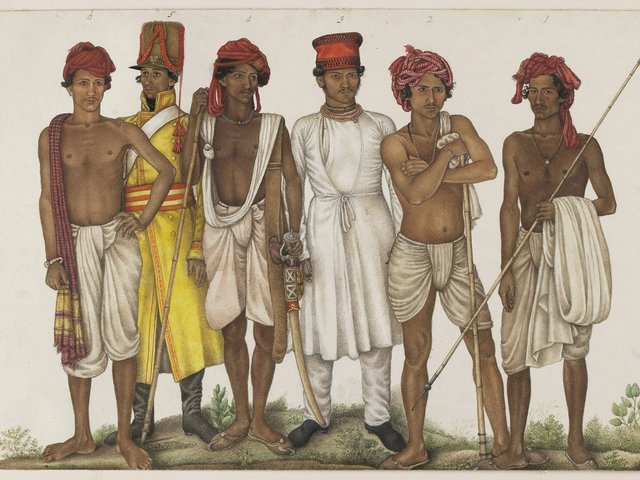The Pakistani artist Imran Qureshi is due to unveil a painted Indian garden in a park in northern England this summer, inspired by the British Indian army that fought in the First World War. Qureshi, the subject of a major exhibition at the Barbican Centre in London, will paint the flora and fauna on the paving at Bradford's Mughal Water Gardens in Lister Park. The work will remain in situ from June to September.
“Qureshi lives and works in Lahore, a region that as part of the British Raj enlisted a huge number of Sikh, Muslim and Hindu soldiers to fight on the Western front. Their experiences of being at war in a distant land and in a hostile climate inform the work,” a project spokeswoman says.
Qureshi’s piece was commissioned by the government-backed 14-18 NOW arts programme—which is marking the centenary of the Great War—along with Bradford Museums and Galleries, City of Bradford Metropolitan District Council and the Yorkshire Festival.
Qureshi has been credited with re-inventing the 16th-century art of Mughal miniature painting, a classic school centered on courtly life. An exhibition of 35 new paintings by Qureshi opened earlier this month at the Barbican (Where the Shadows are so Deep, until 10 July). The predominantly red works, featured in the museum’s Curve gallery, range from scarlet vines hanging on tree trunks to wall patterns that look like blood splashes—which on closer inspection turn out to be crimson flowers.
Qureshi gives insights into how he made the miniatures, saying: “The most essential part for me is that the work should come out of me, from deep inside.” The artist says that he waited months to “come to a certain point” when he felt ready to begin work on the 35 miniatures. “Once that moment arrived, I couldn't stop myself painting them, and enjoying them, and creating new imagery almost every day.”
The technique used was something of a departure, he explains. “Traditionally in miniature painting, artists do the detailed drawing first, then fill it in with paint,” Qureshi says. “But with these miniatures, I went against this traditional method and only drew the horizon line in each of the works with a pencil; the rest is created by using paint directly on the Wasli paper surface.”
The Barbican show reveals new aspects of Qureshi’s practice. “In the Curve, if you see all of the elements in my installation individually, they are not that new,” he says. “But the way I have used them in the context of the space, experimenting with light, and colouring the wall [as it bends] in a gradation, means this has emerged as a completely new experience for me, as well as for the viewer. The way of looking at [my] work has completely changed."



